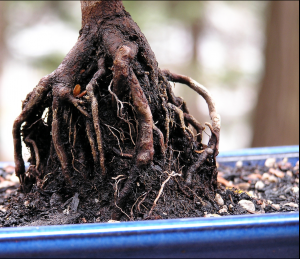Many students of biology know that life comes in all shapes and sizes, and even though we can’t see some organisms, they are most certainly present. If you don’t know this, and you are a biology student, you might want to go back and read the first chapter of your textbooks to learn a big chunk of information that will come around in either next week’s test or your midterm. For now, you’ve already come this far, so you can just learn the basics later.
As it turns out, some of those little organisms, located just under the soil’s surface, are vital to the health and safety of the the plant-life they surround. In an effort to raise awareness of the many effects a microbiome can have on plant performance, Marnie Rout (University of North Texas Health Science Center) and Darlene Southworth (Southern Oregon University) brought together a series of works by different authors on the subject, all placed in a special section of the American Journal of Botany called “Rhizosphere Interactions: The Root Microbiome.” As a basic understanding of the concept, the rhizosphere is the layer of soil around a plant root. It contains microbes that affect the plant on basically every scale, from the genes to the ecosystem. It’s important to note that the microbiome works through the rhizosphere, effectively turning this “metabolically diverse” collection of microbes into a supply source should the plant need anything. Interestingly enough, the rhizosphere also can act as a type of self-defense grid, similar to how human microbiomes function, where in some cases plants have been known to shed their root’s outer cell layers into the rhizosphere in order to form a “layer of immunity” to the plant.
Perhaps, one day in the future, these microbiomes can offer different types of bacteria that can be used for “crop production… in areas likely to be affected by global climate changes.” What do you think we still have to learn about microbiomes before uses like this are possible? Do any of you know someone currently researching in this field? Are you students who didn’t know that there were organisms that you couldn’t see ever going to look at your textbooks?



Leave a Reply